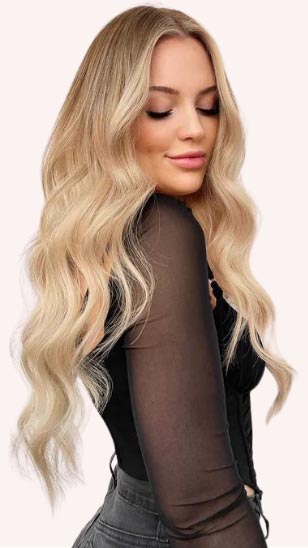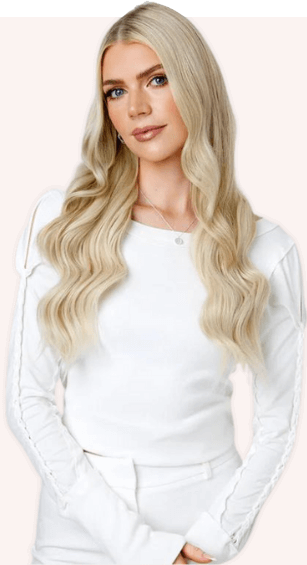In a world where appearance often plays a significant role in self-confidence and societal acceptance, hair loss can be a challenging journey to navigate. However, amidst this struggle, there exists a transformative solution that has been gaining popularity and acclaim: hair extensions. Hair extensions are not merely about adding length or volume; they represent a beacon of hope for individuals experiencing hair loss. In this blog, we delve into the intricate world of hair extensions, exploring how they serve as a powerful tool in the art of concealing hair loss.
I. What Causes Hair Loss in Women?
Hair loss in women can be caused by a variety of factors, both genetic and environmental. Some common causes include:
- Hormonal changes: Fluctuations in hormones, such as during pregnancy, childbirth, menopause, or thyroid disorders, can contribute to hair loss. You can learn more about postpartum hair loss via our dedicated blog: Postpartum Hair Loss: Causes & How To Deal With It.
- Medical conditions: Certain medical conditions like alopecia areata, autoimmune diseases, scalp infections, and conditions affecting the hair shaft can lead to hair loss.
- Nutritional deficiencies: Inadequate intake of essential nutrients such as vitamins (especially vitamin D and B vitamins), minerals (iron, zinc), and protein can affect hair health and lead to hair loss.
- Hairstyling Practices: Excessive or improper use of hair styling tools, harsh chemicals in hair dyes and treatments, tight hairstyles like ponytails or braids, and frequent use of heat styling tools can damage the hair shaft and lead to hair loss.
- Stress: Physical or emotional stress can trigger a type of hair loss called telogen effluvium, where a large number of hair follicles enter the resting phase simultaneously, leading to shedding. Wanna find out more about stress-related hair loss? read now our blog: What Is Stress Hair Loss and How to Treat It?.
- Aging: As women age, our body’s natural stores are depleted, and hair naturally becomes thinner and finer due to changes in hormone levels and reduced hair follicle function.
→ Whatever the case, it’s entirely natural and nothing to be ashamed of.
II. Best Hair Extensions for Hair Loss
When considering hair extensions for hair loss, it’s important to choose options that are gentle on the existing hair and scalp, while providing coverage and volume. Here are some types of hair extensions that are often recommended for individuals experiencing hair loss:
Hair Extensions for Hair Loss #1: Tape-in Hair Extensions
Tape-in extensions, crafted meticulously to ensure optimal quality, are expertly affixed using specially formulated adhesive tape, providing a secure and long-lasting hold. Their lightweight design ensures utmost comfort, allowing wearers to seamlessly integrate them into their natural hair without any discomfort or heaviness. Their seamless blending with the existing hair imparts a flawless, natural look that enhances one’s overall appearance. Moreover, their gentle application process minimizes any potential strain on the scalp and existing hair follicles, making them an ideal choice for individuals experiencing hair loss.
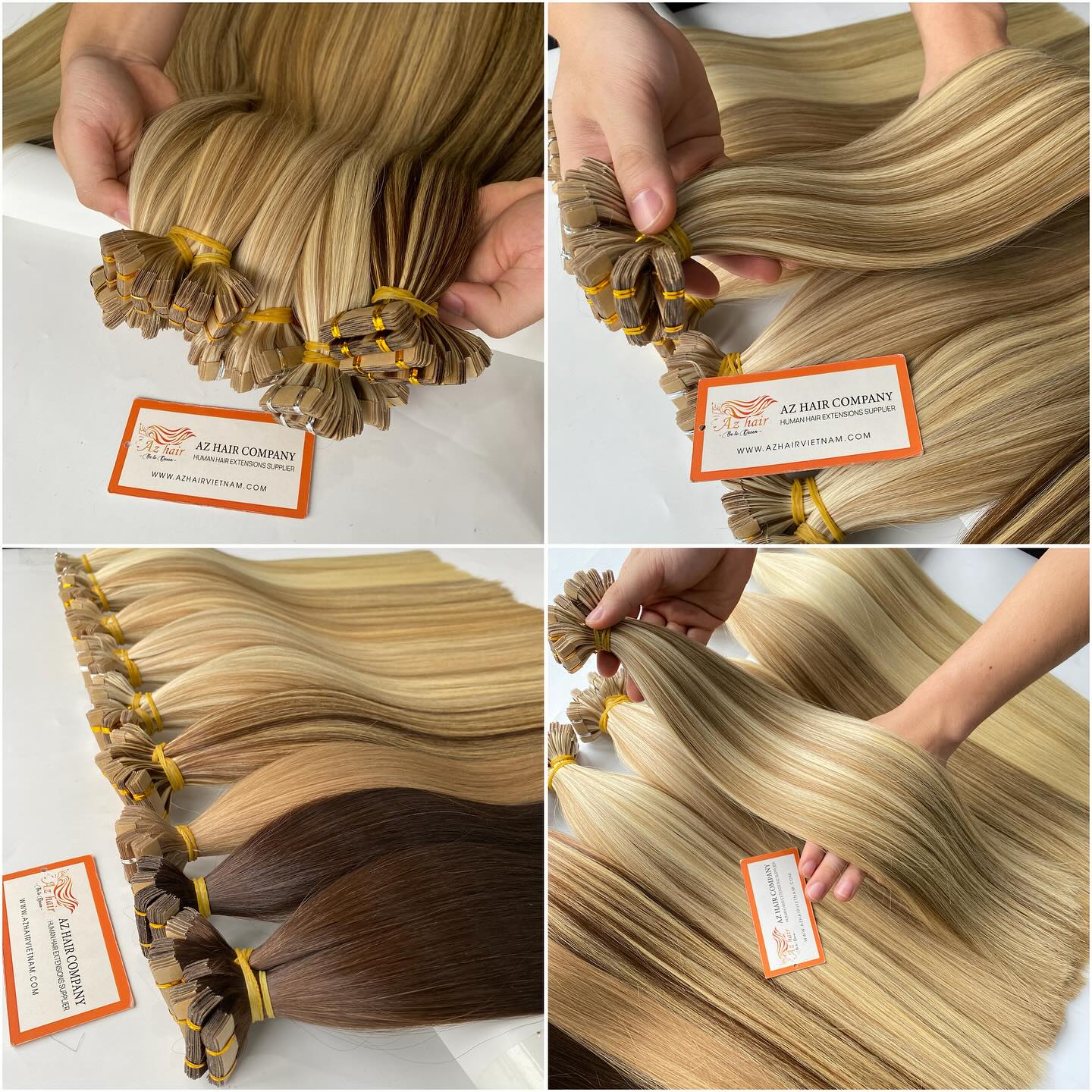

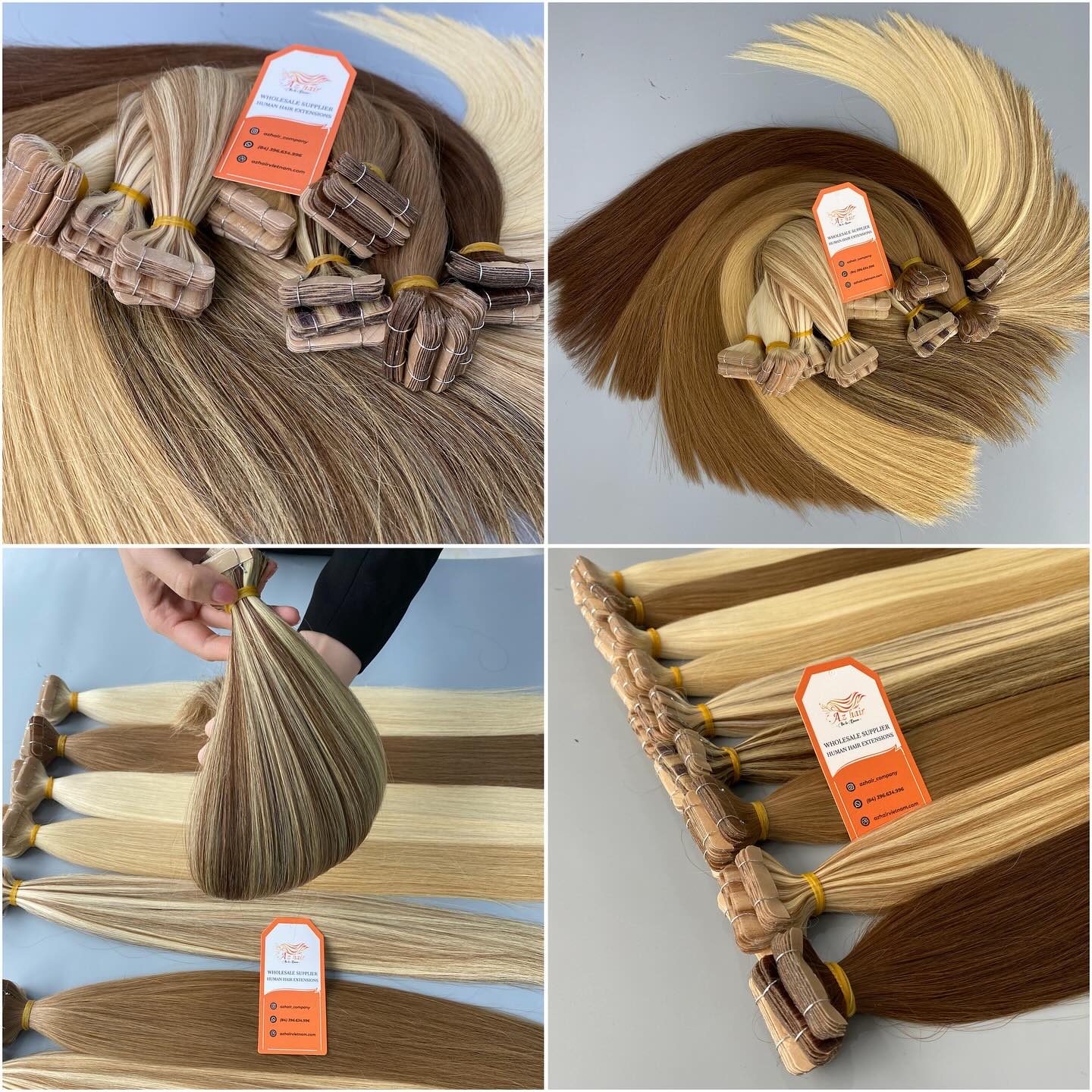
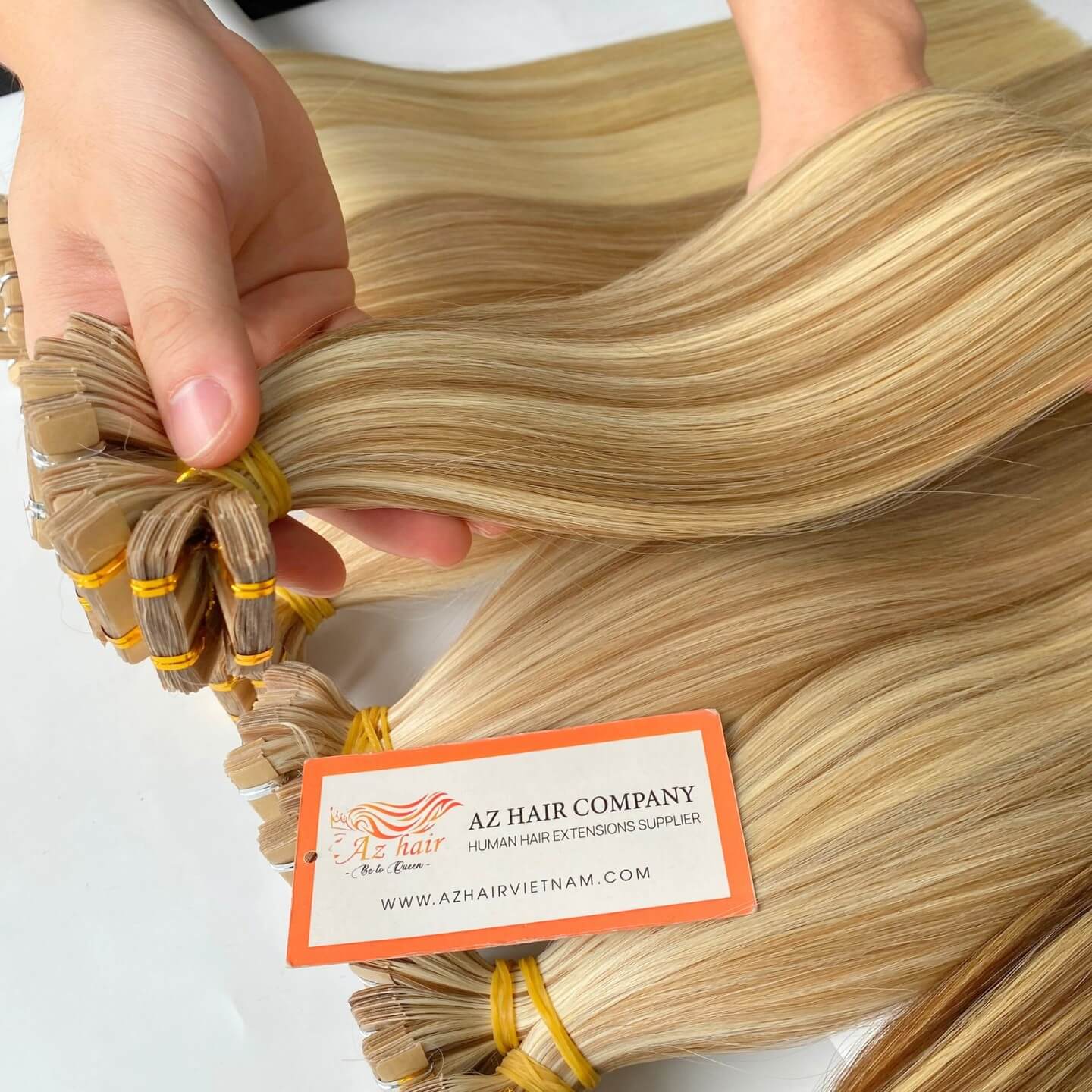
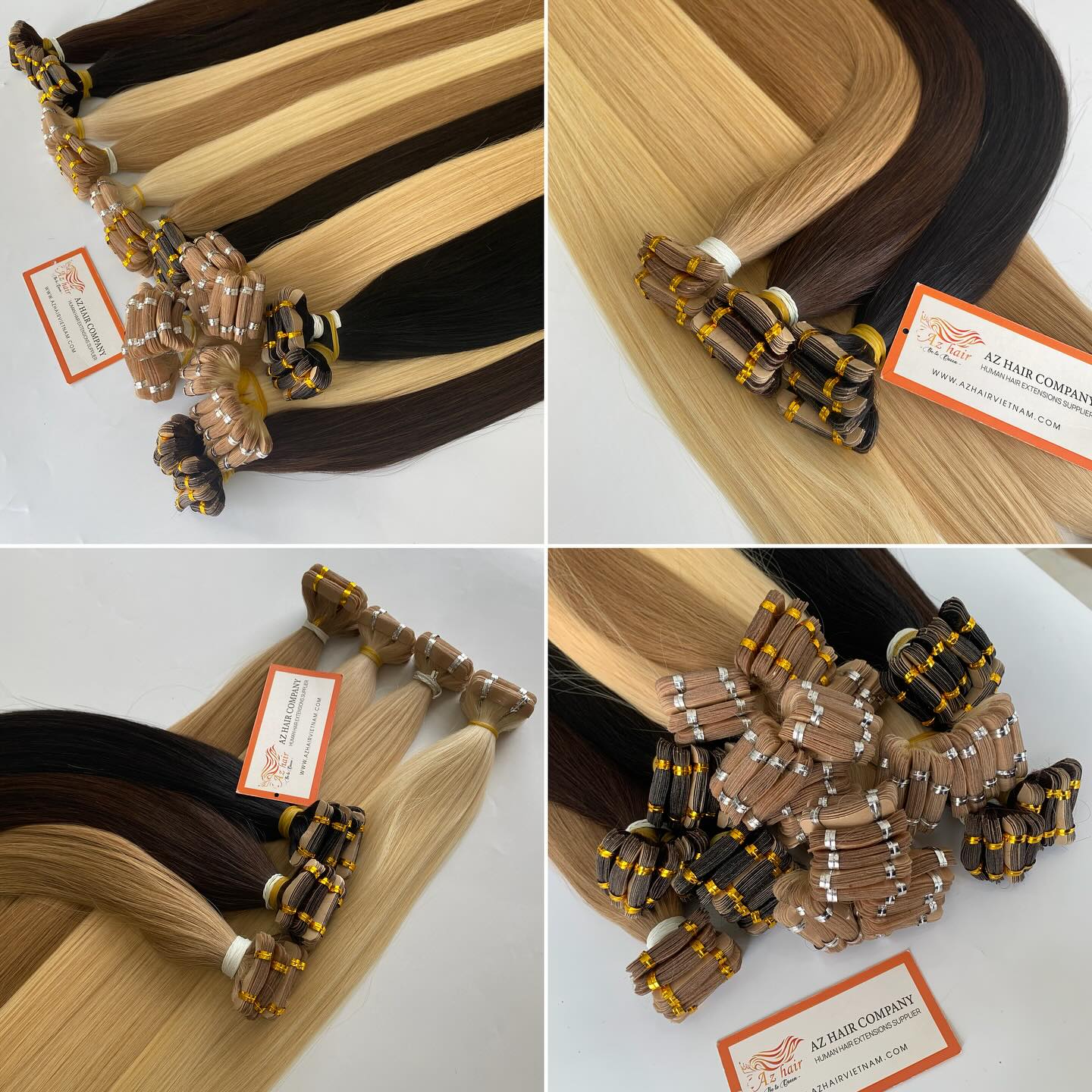
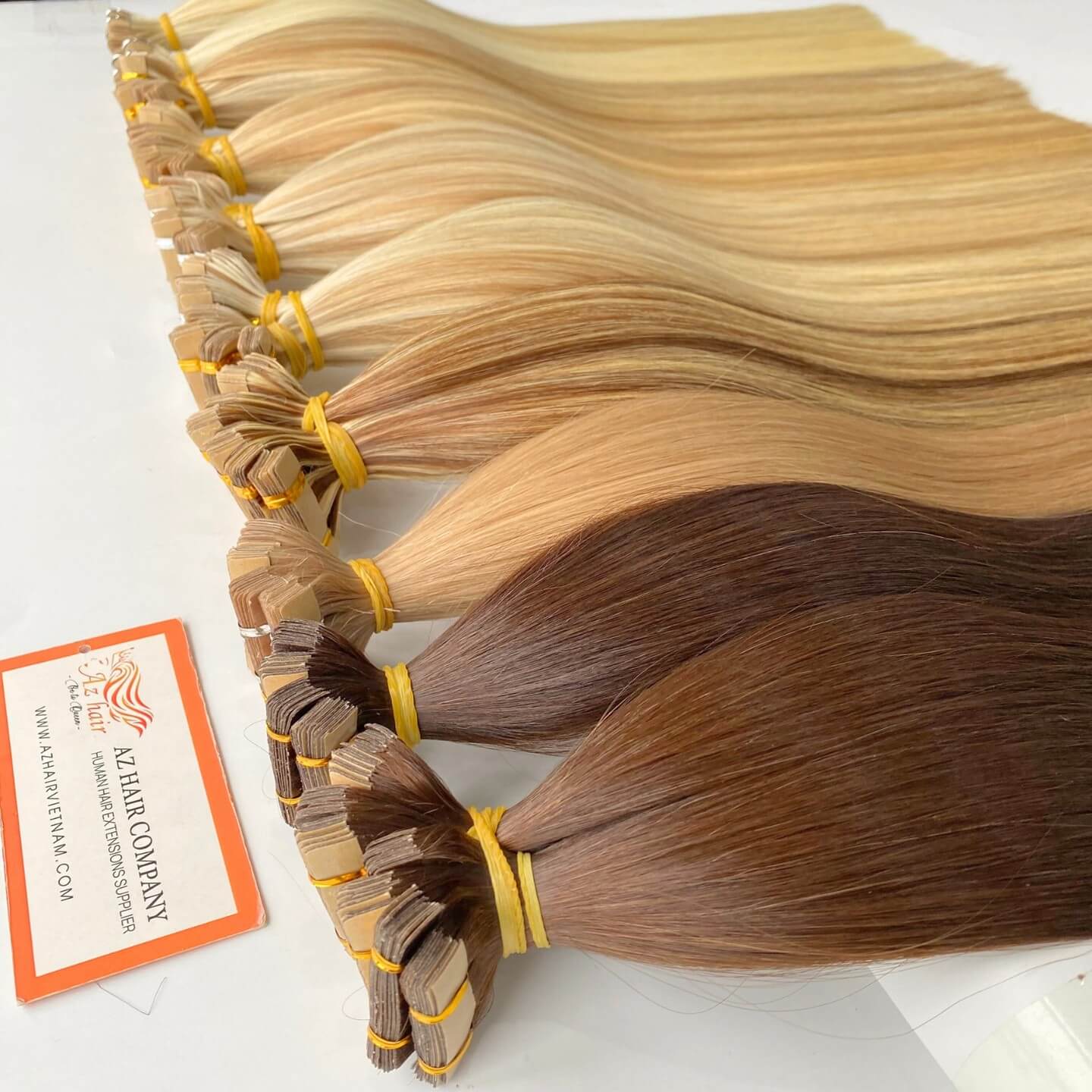
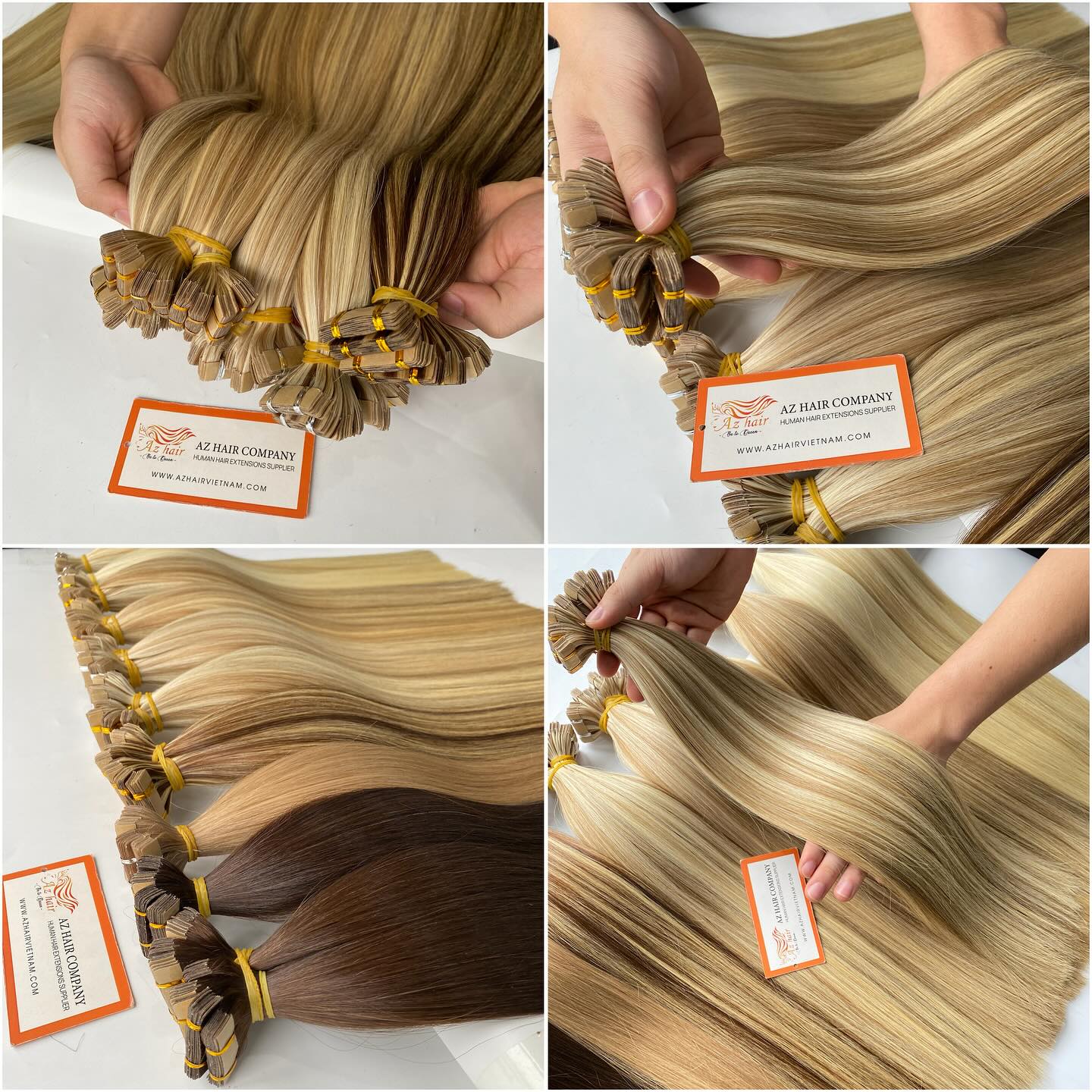
#2: Clip-in Hair Extensions
Clip-in extensions are a convenient and versatile solution for individuals seeking temporary enhancements to their hair. Crafted with precision, these extensions offer a plethora of options in terms of length, color, and style, catering to diverse preferences and occasions. Their temporary nature allows for effortless attachment and removal, making them an ideal choice for those who wish to switch up their look without a long-term commitment. Moreover, clip-in extensions are renowned for their gentle application process, exerting minimal strain on the natural hair, which is particularly beneficial for individuals with mild to moderate hair loss concerns.
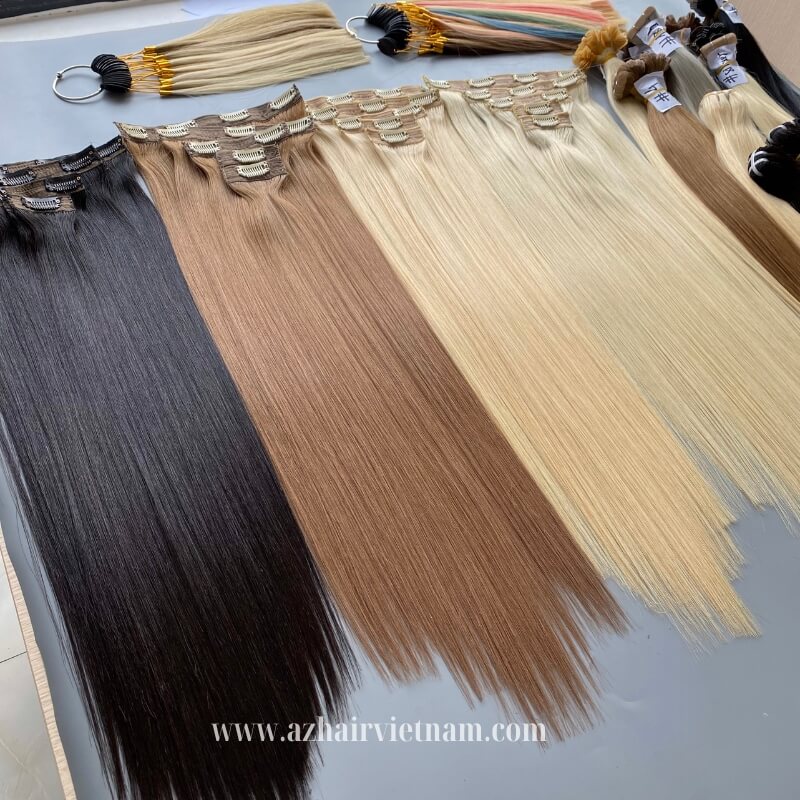
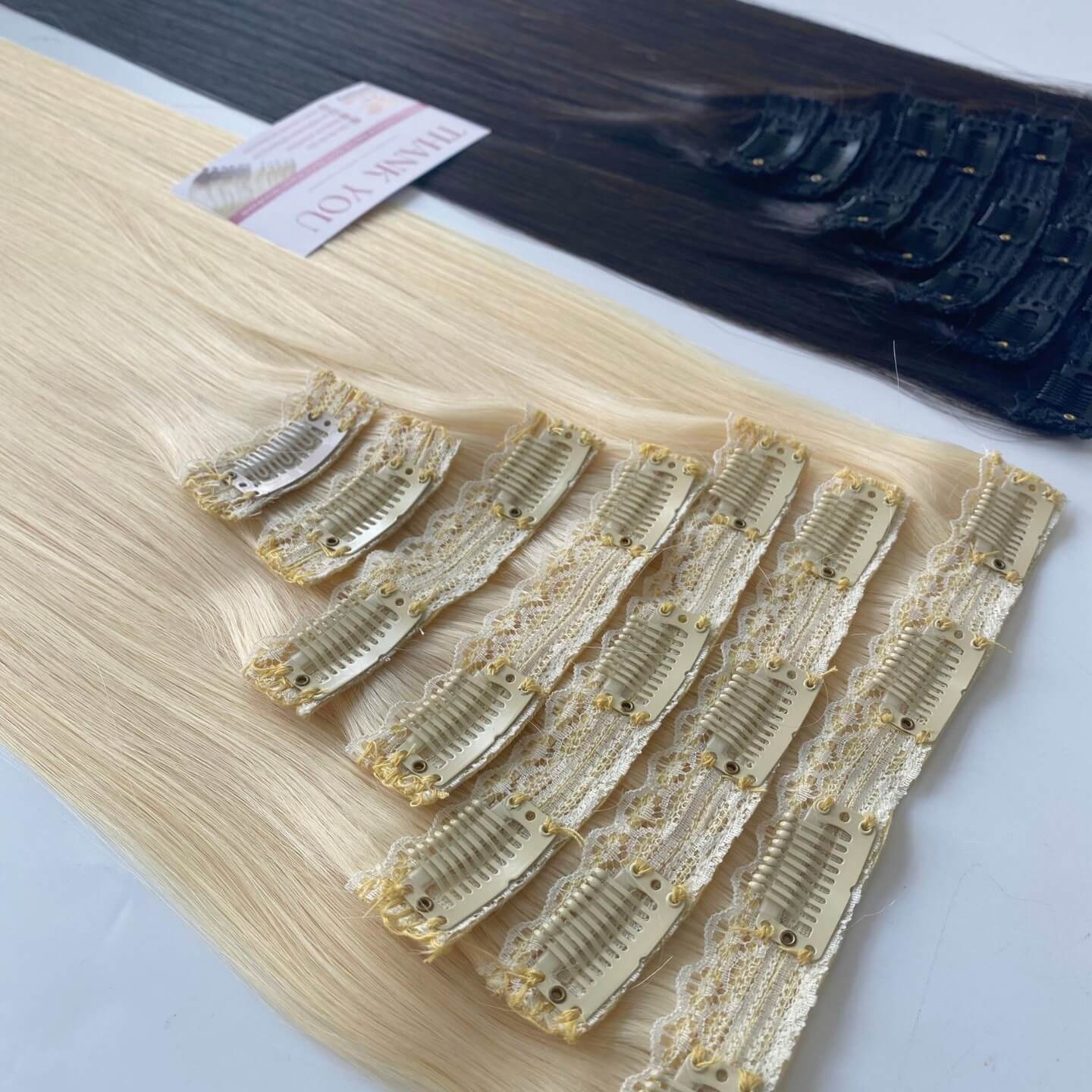
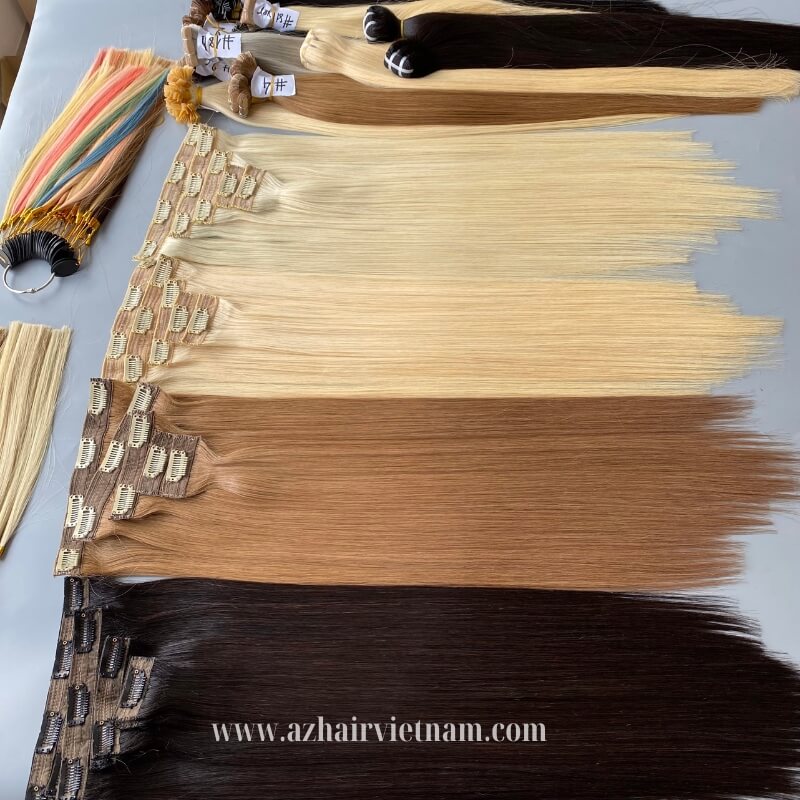
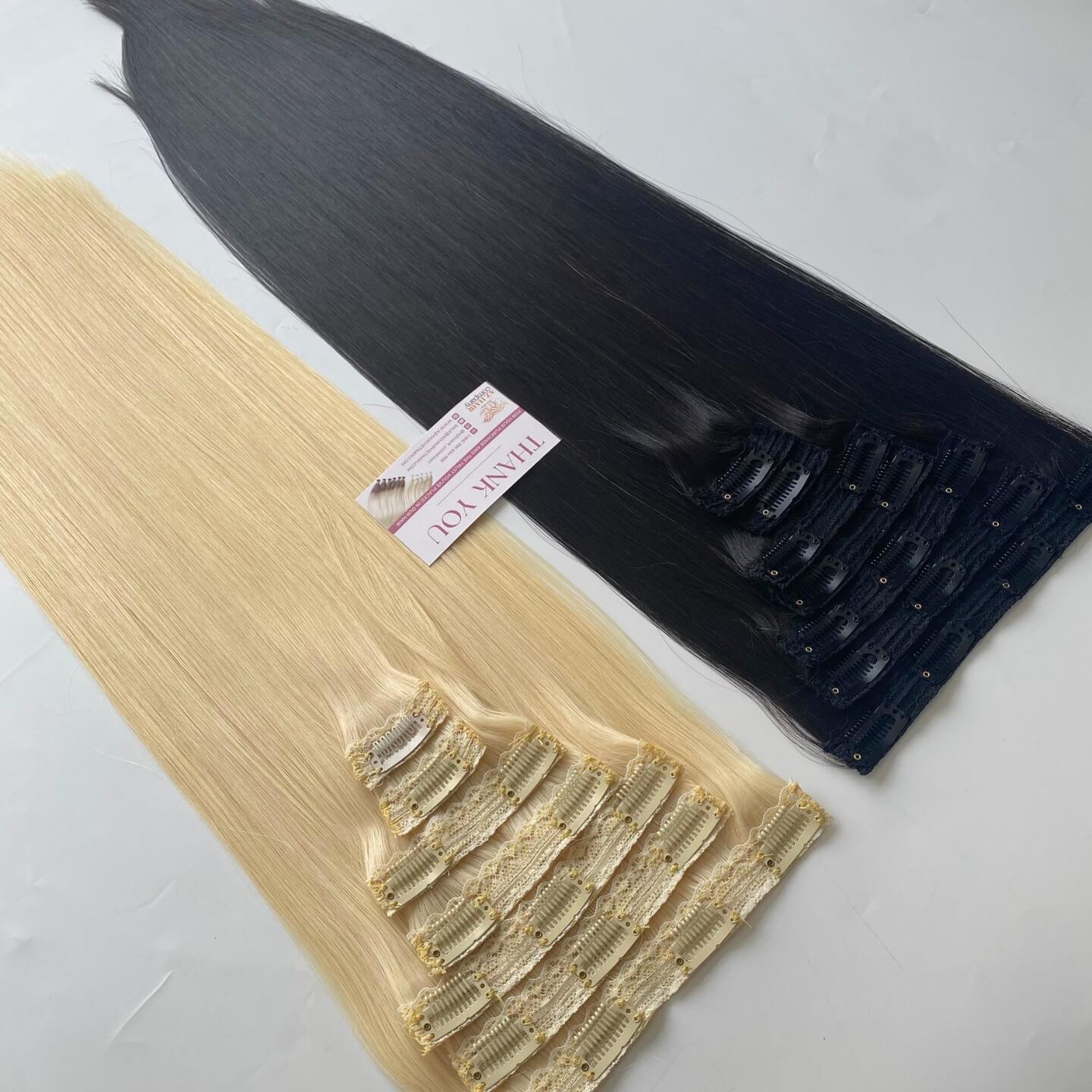

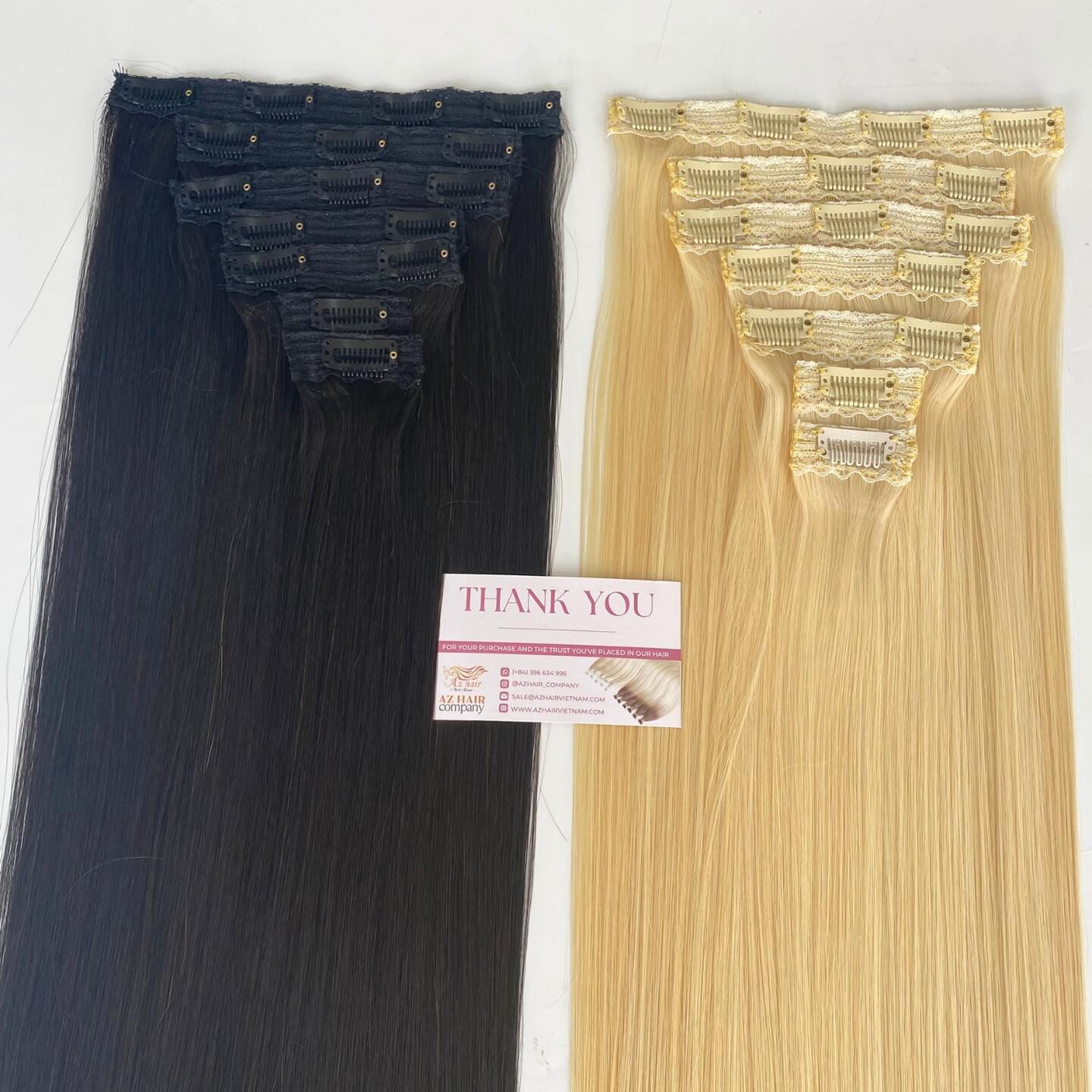
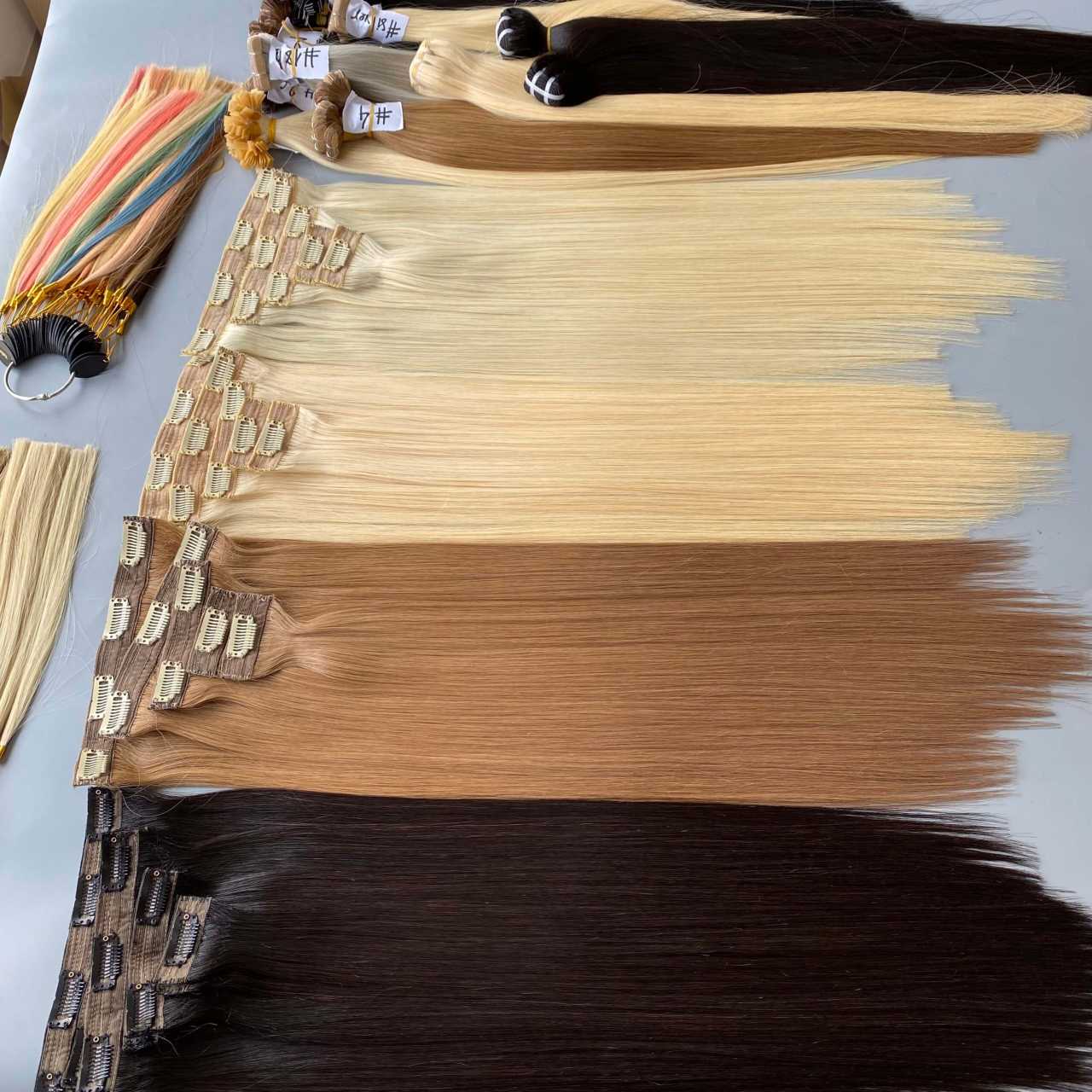
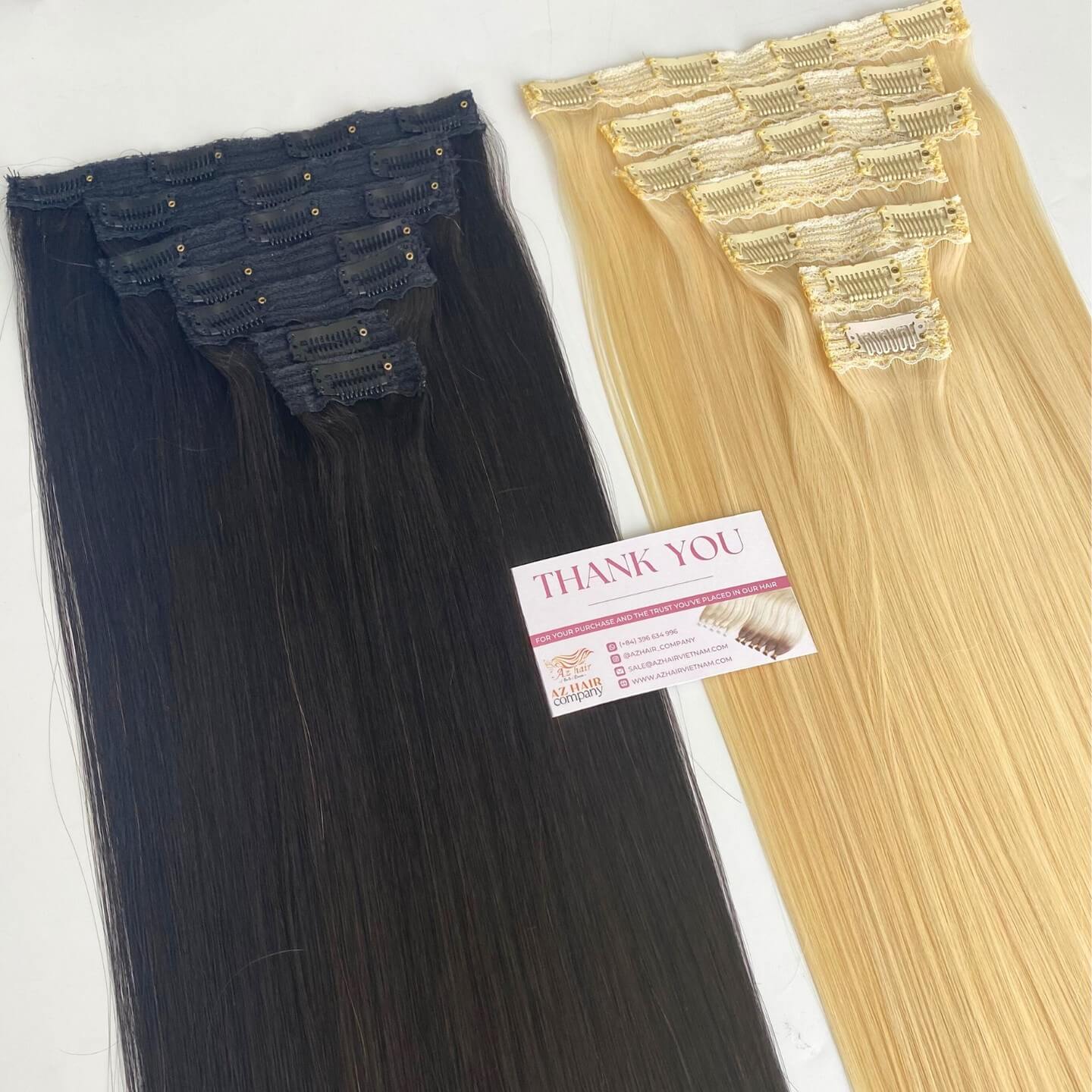
Hair Extensions for Hair Loss #3: Weft Hair Extensions
Weft extensions are a popular choice for individuals seeking to enhance their hair’s volume and length seamlessly. This technique involves delicately sewing or braiding small sections of additional hair into the existing hair, resulting in a natural and fuller appearance. Not only do they offer a solution for those experiencing moderate to severe hair loss, but they also cater to individuals simply looking to add more dimension to their hair. However, it’s crucial to prioritize the health of your scalp throughout the weaving process to avoid any potential complications. Excessive tension on the scalp during the application of weft extensions could inadvertently contribute to further hair loss issues.
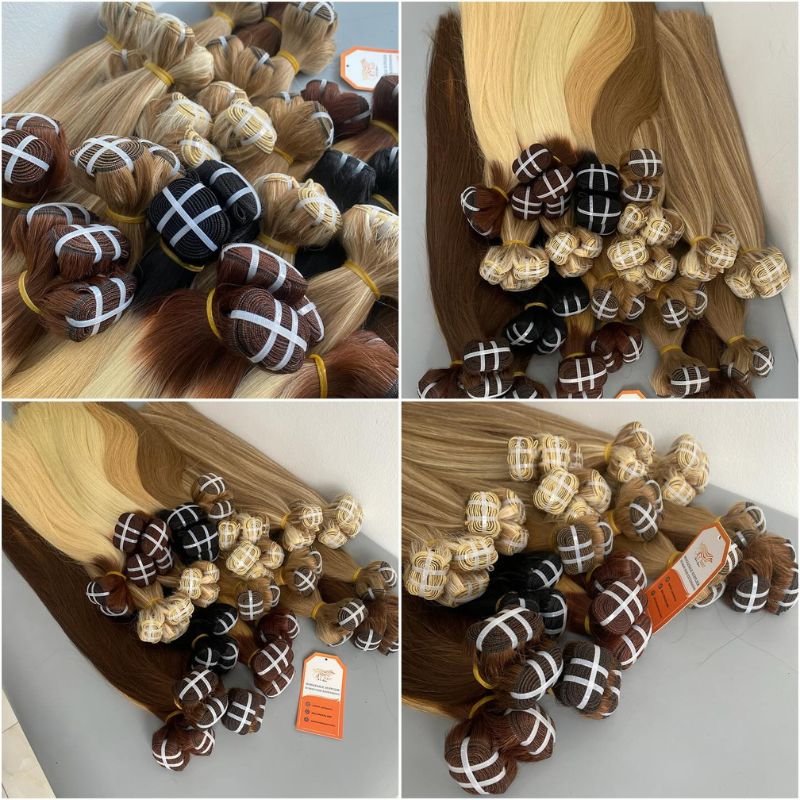
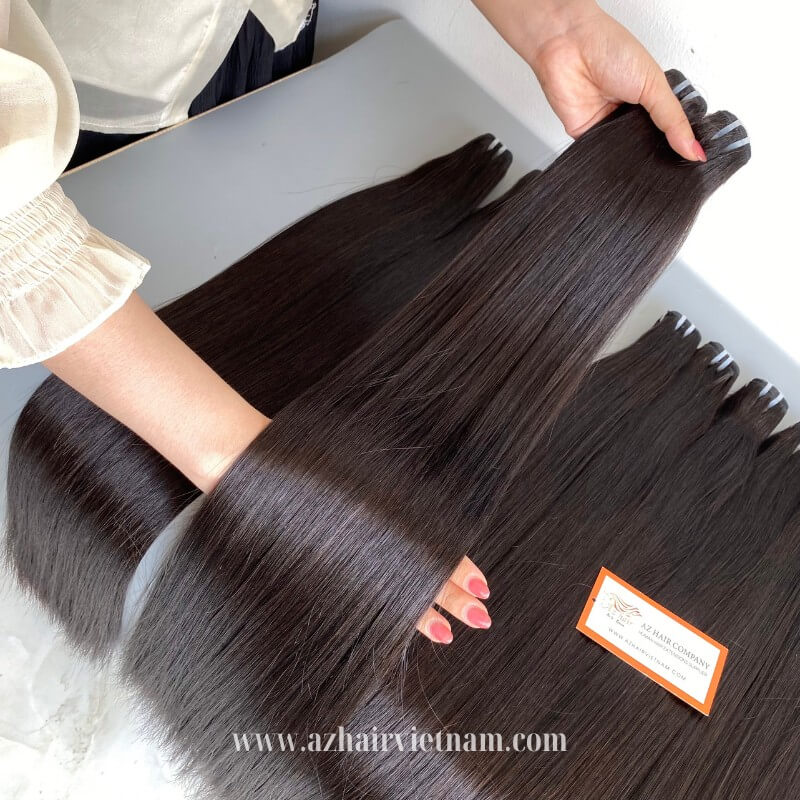
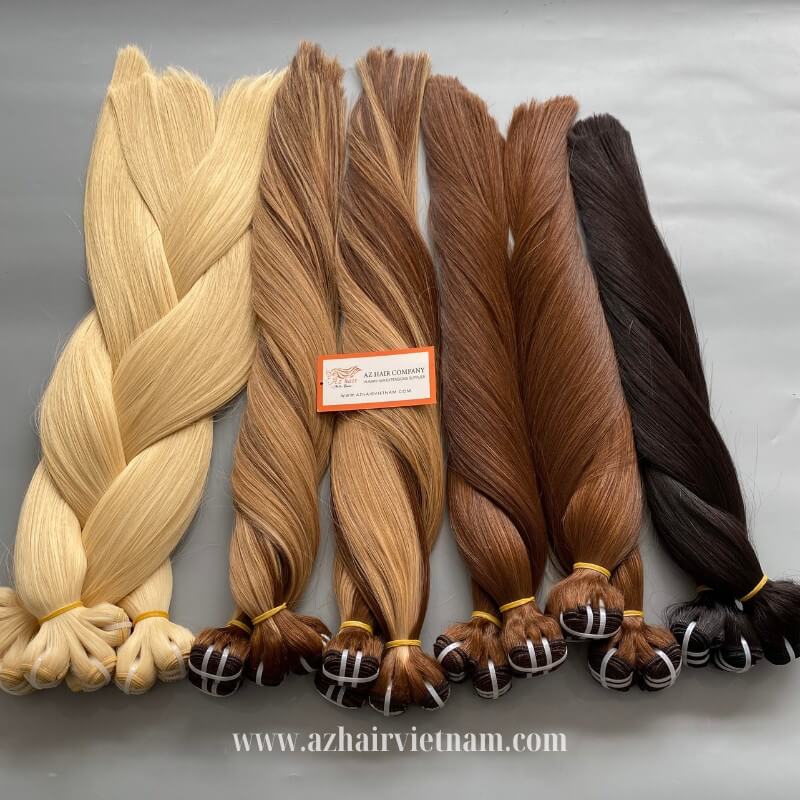
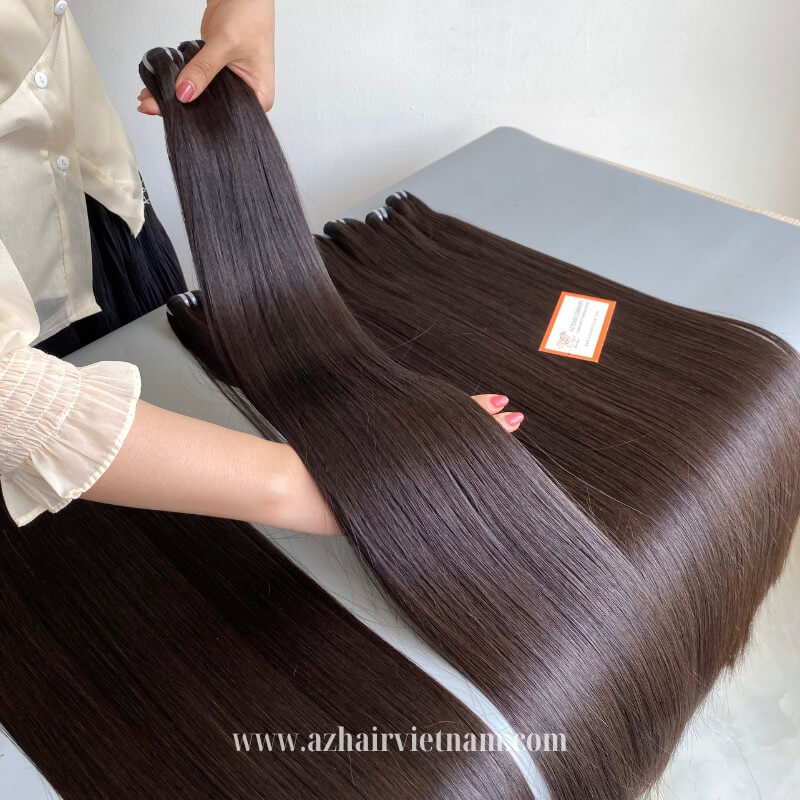
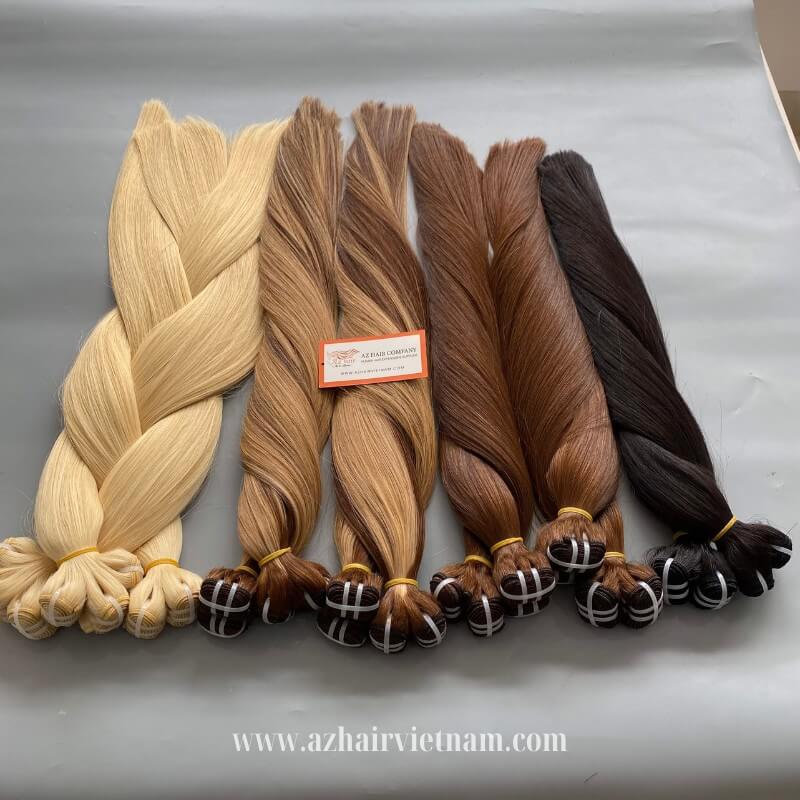
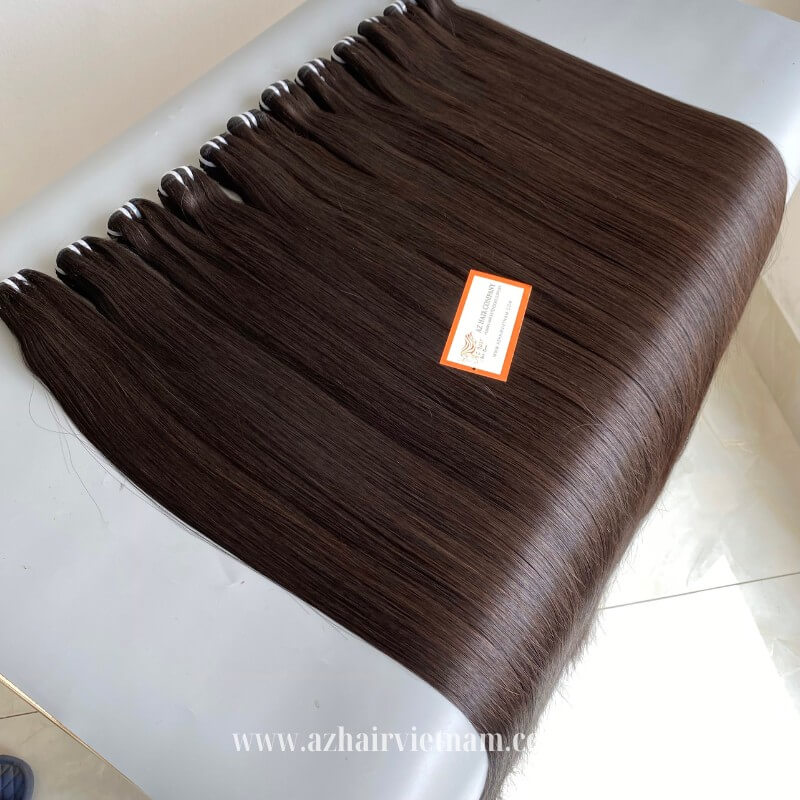
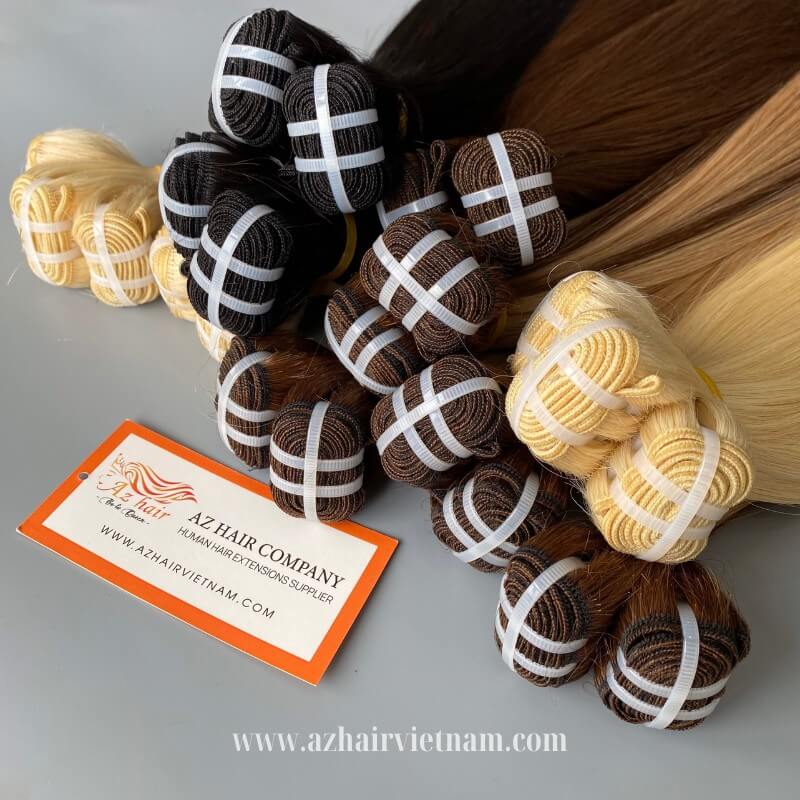
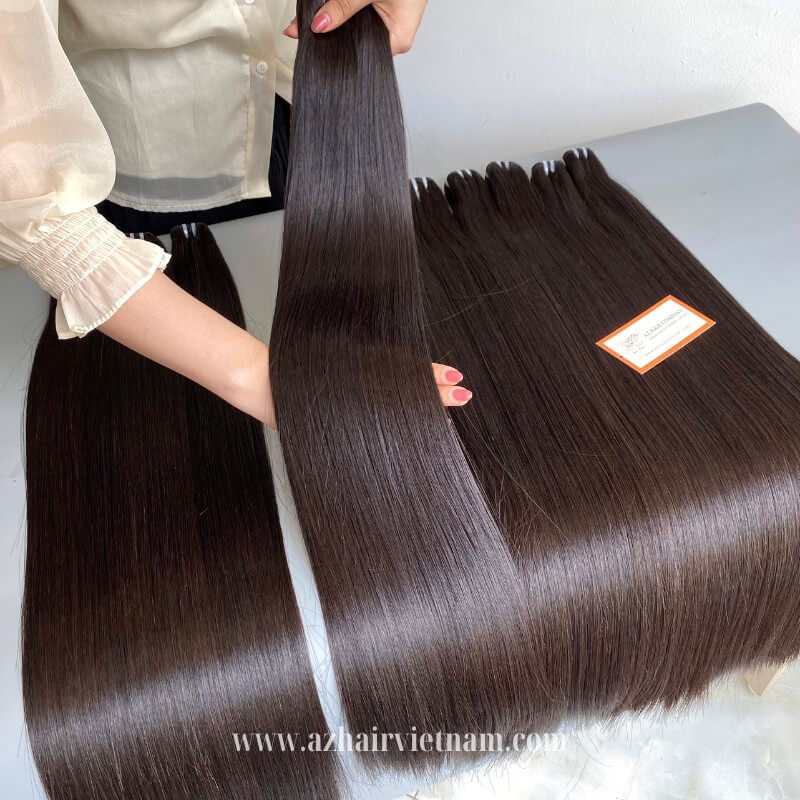
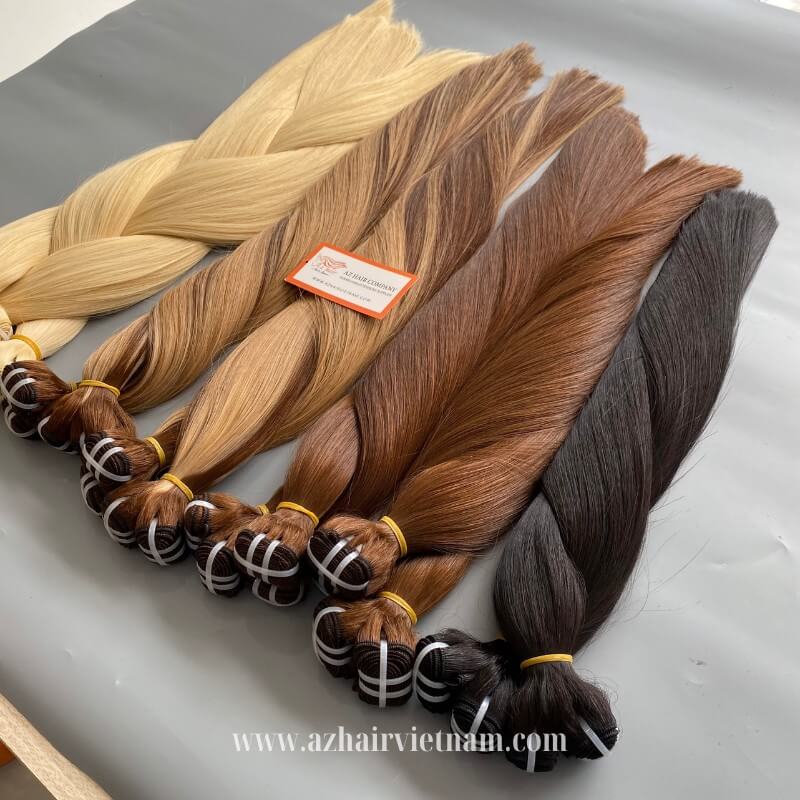
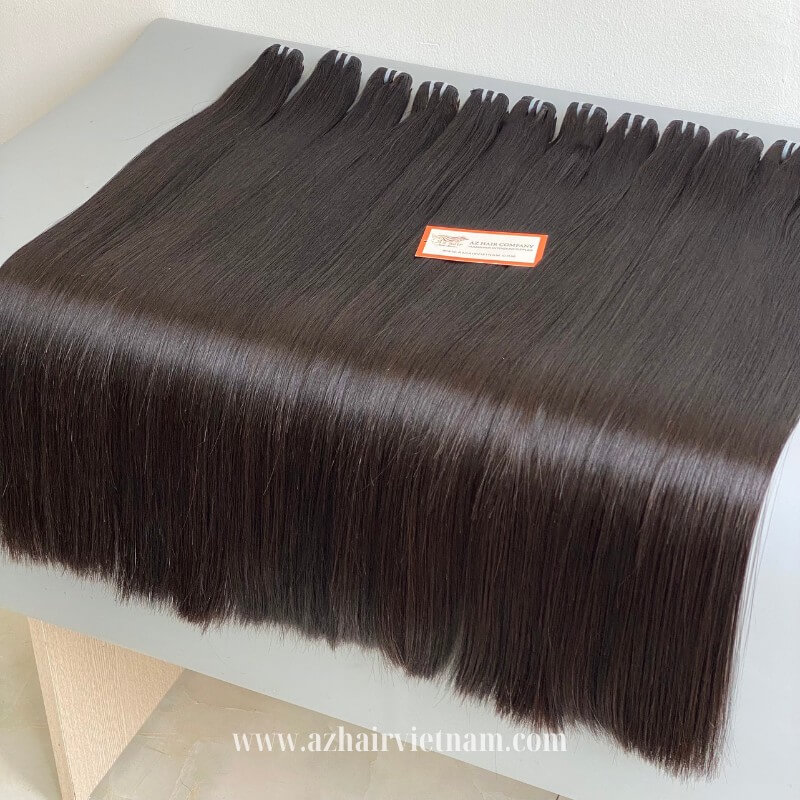
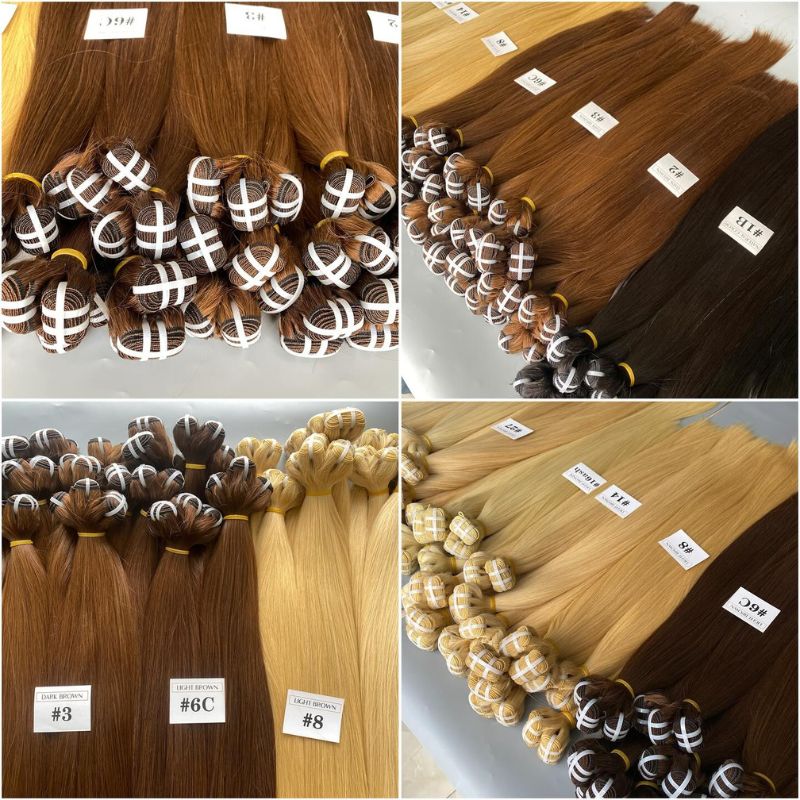
#4: Halo Hair Extensions
Halo extensions are a type of temporary extension that sits on top of the head like a headband. They don’t require any clips, tapes, or adhesives, making them gentle on the scalp. They are ideal for individuals with thinning hair or hair loss as they provide instant volume without causing damage.
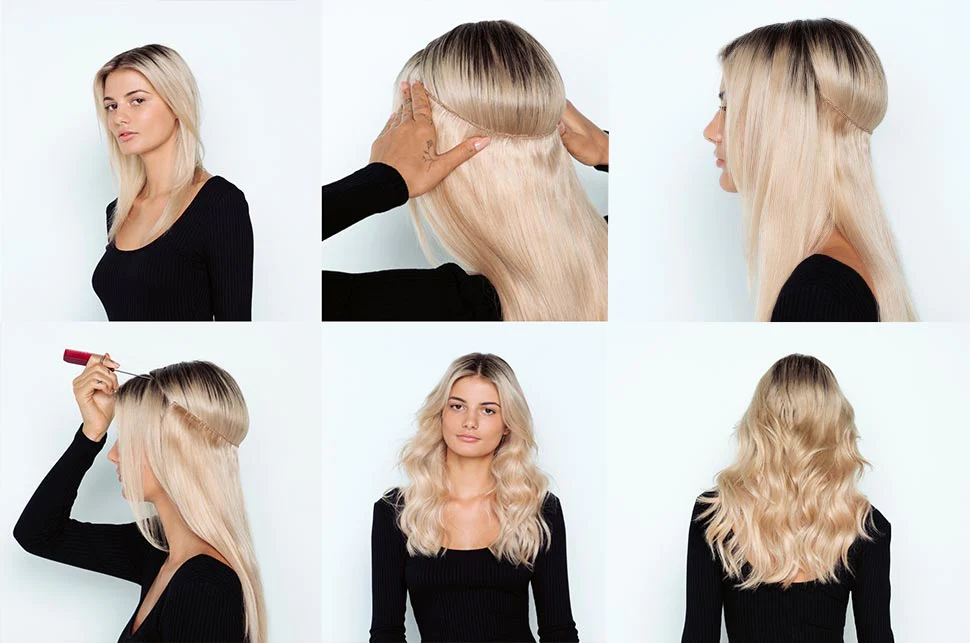
→ Concealing hair extensions in areas with hair loss requires careful placement and blending techniques to achieve a natural look. However, you can effectively conceal hair extensions in areas of hair loss and achieve a natural-looking hairstyle with the techniques that have been mentioned in our dedicated blog: What Do I Do If My Hair Extensions Don’t Blend In?.
III. Conclusion
In conclusion, hair extensions offer a versatile and effective solution for those experiencing hair loss, providing not only physical coverage but also a boost in confidence and self-esteem. By exploring the various types, application methods, and maintenance tips, individuals can tailor their approach to suit their needs and preferences. However, it’s crucial to consult with a professional stylist to ensure proper installation and care, as well as to address any underlying concerns about hair health. Ultimately, the art of concealing hair loss through extensions opens up a world of possibilities, allowing individuals to embrace their desired look with grace and confidence.


 BEST SELLING PRODUCTS
BEST SELLING PRODUCTS Wig Hair
Wig Hair WHOLESALE
WHOLESALE Contact us
Contact us Sale Events
Sale Events